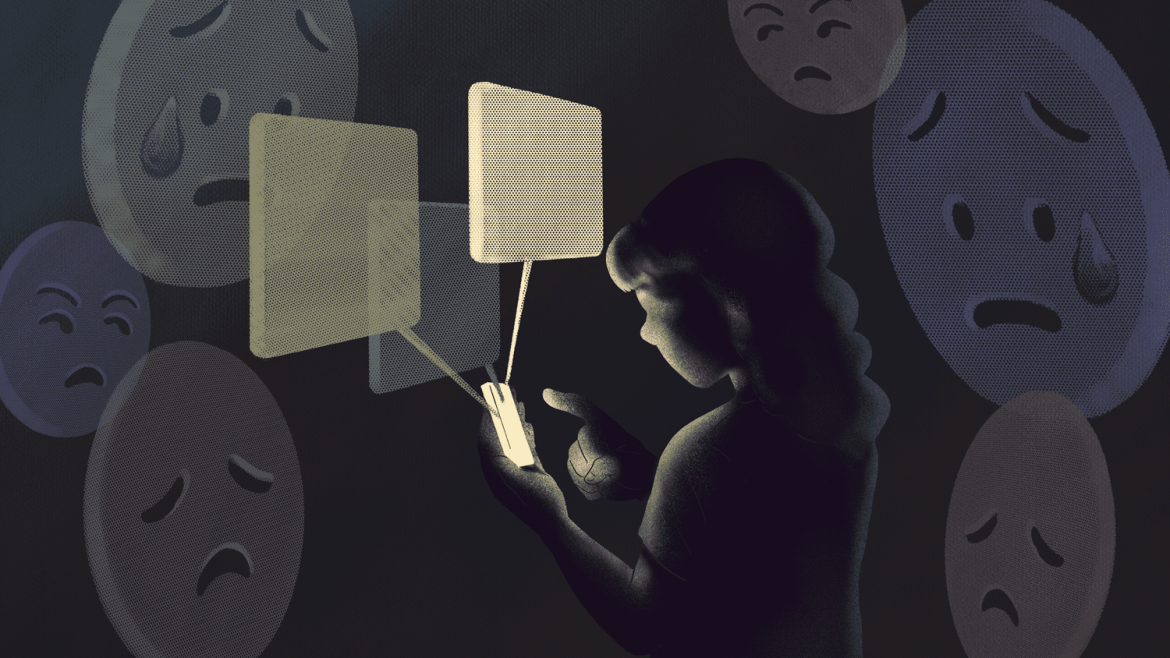While many parents and guardians are concerned that their teens are spending too much time on mobile phones, video games, and social media, a Michigan State University researcher tells them not to fret.
Keith Hampton, a professor in the Department of Media and Information and the Quello Center’s head of academic research, states that he is more concerned about teenagers who are disconnected due to restricted internet access than he is about screen time.
“Teens who are disconnected from today’s technologies are more isolated from their peers, which can lead to problems,” Hampton said. “Many young people are struggling with their mental health. While adolescents often grapple with self-esteem issues related to body image, peers, family and school, disconnection is a much greater threat than screen time. Social media and video games are deeply integrated into youth culture, and they do more than entertain. They help kids socialise, contribute to identity formation, and provide a channel for social support.”
Hampton and his associates study disconnection. The majority of teenagers have access to the internet often. Only when they decide to restrict their gadget use or when their parents intervene to limit their online time do these teenagers feel disconnected.
A sizable group of teenagers, mostly in rural areas of America, are alienated for a totally different reason. They reside in homes with incredibly shoddy broadband access infrastructure. These teenagers frequently don’t have access to the internet outside of school, have very sluggish access at home, or have sporadic data coverage on smartphones.
“Rural teens are the last remaining natural control group if we want insight into the mental health of adolescents who have no choice but to be disconnected from screens,” Hampton said.
Hampton and his team compared the self-esteem and social activities of teens with no or limited home internet access to teens who are the heaviest screen users as well as teens whose parents strictly monitor or limit their screen use in a peer-reviewed paper based on a survey of 3,258 rural adolescents. This is what they discovered.
Being a girl was the single most significant indicator of having lower self-esteem. This wasn’t shocking because it has long been known how difficult adolescence is on young girls. Poor grades in school were the second most significant factor in determining self-esteem for both males and girls.
Although only slightly so, teens with inadequate internet access at home and those whose parents exercised the most control over their media use had significantly lower self-esteem than average girls or students who performed poorly in school.
Teens’ self-esteem was not significantly impacted by the amount of time they spent on screens, whether they were watching videos, playing games, or using social media. Even youths who used screens “excessively” reported having higher self-esteem than those who were unplugged due to limited internet connection or strict parental supervision of their online activities.
Why? Because media is deeply integrated into youth culture.
“Isolation doesn’t come from being online, it comes from being disconnected from those sources of entertainment and socialization that permeate teens’ lives,” Hampton said. “For most teens, that’s social media, video games and sharing the videos they watch online. It is often how teens get their information, communicate and share.”
This does not imply that teenagers do not engage in face-to-face interaction. Teenagers who use social media and watch videos more often spend more time socializing. According to Hampton, there are 21 minutes of socializing with friends for every hour spent on social media. Users of screens “excessively” were spending more time with their loved ones.
“Perpetuating the myth that teens who spend more time on their devices spend less time with friends and family and that ‘excessive’ time online harms most teens’ mental health, does more harm than good,” Hampton said. “When parents exert too much control over the time their teens spend on screens, they cut kids off from peers and the social support that protects mental health. While this survey was done prior to the COVID-19 pandemic, this work points to the terrible toll experienced by rural adolescents who were disconnected during the pandemic and the urgent need to address gaps in rural broadband infrastructure.”
This, according to Hampton, does not suggest that social media sites are helpful. Online bullying and algorithms that draw teenagers to hazardous information pose serious threats to their mental health. Additionally, some teenagers are more prone to damage than others.
However, this study demonstrates that when parents talk to their kids about the dangers of media usage, concentrate on helping them learn critical media literacy, and give kids more control over their media use, kids report increased self-esteem.
“I advise parents to not focus on how long their teens spend on screens, but to take an interest in what your teens are doing online and spend time together,” Hampton said.





